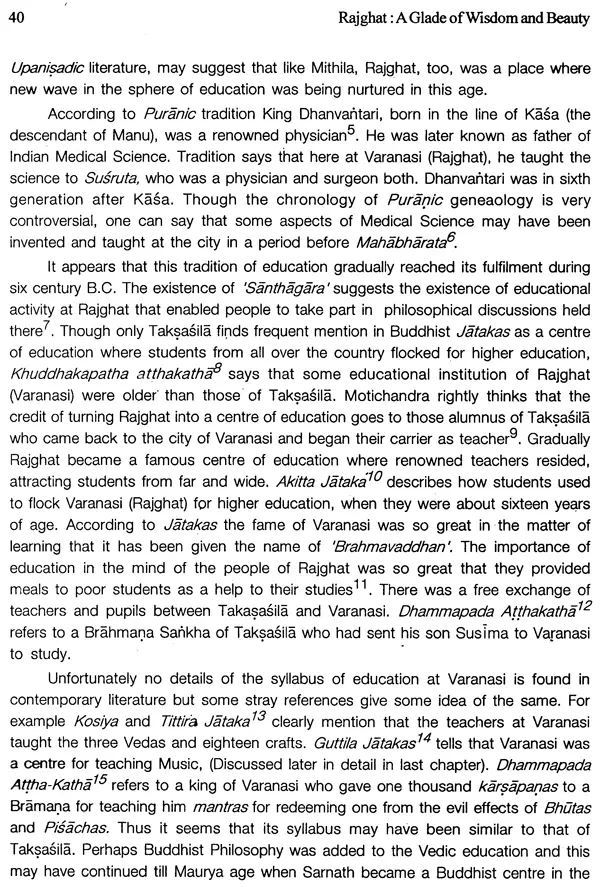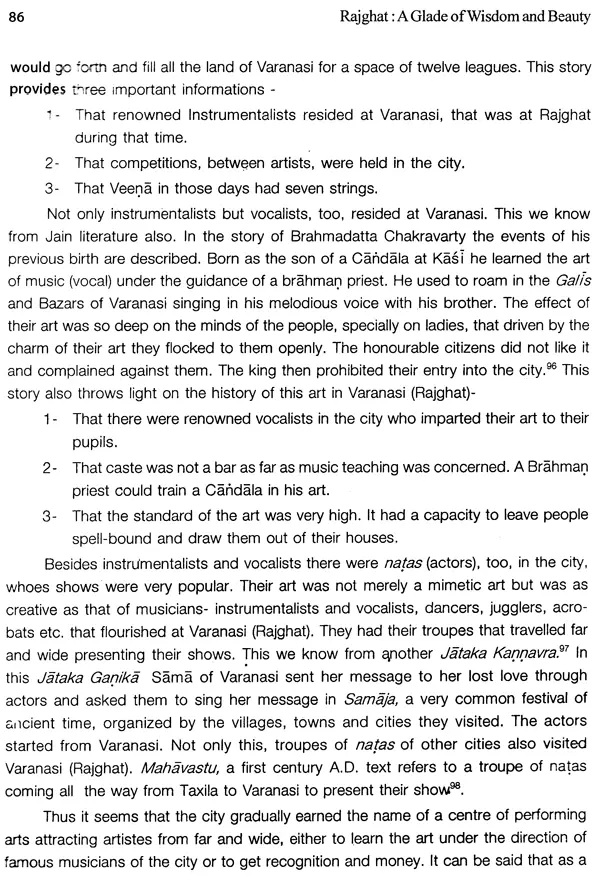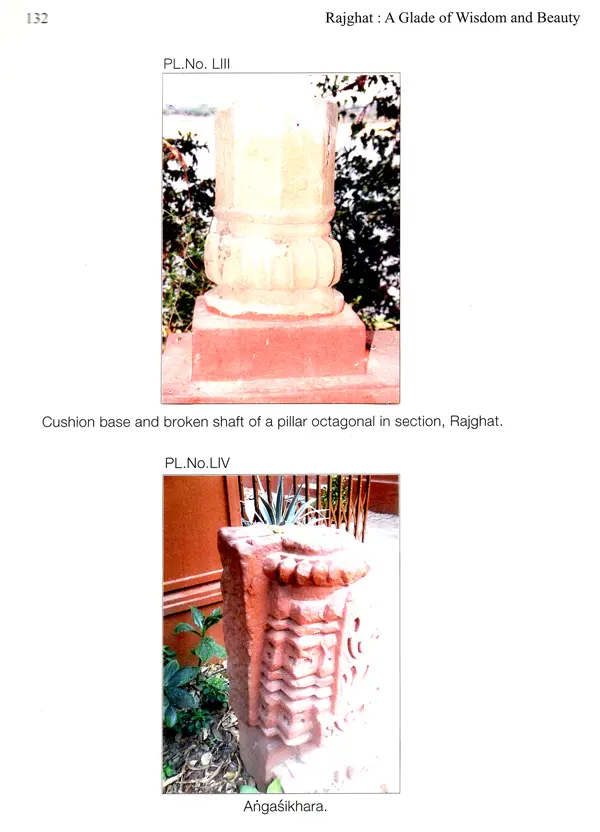
Rajghat (A Glade of Wisdom and Beauty)
Book Specification
| Item Code: | UAF983 |
| Author: | Iravati |
| Publisher: | KALA PRAKASHAN |
| Language: | English |
| Edition: | 2012 |
| ISBN: | 9789381698655 |
| Pages: | 166 (Throughout Color and B/W Illustrations) |
| Cover: | HARDCOVER |
| Other Details | 11.00 X 9.00 inch |
| Weight | 970 gm |
Book Description
In 1993 Krishnamurti Foundation India, had given me a project to work on the Institutional History of Rajghat. J. Krishnamurti, the renowned philosopher and world teacher had an expressed desire to establish an educational Institution on the bank of Ganga. This dream appeared to be a difficult agenda, especially in a thickly populated pilgrimage centre like Varanasi. But luckily for him and for this Institution the place, which later on was to be the seat of this .world philosopher and teacher, for his discourses, was purchased by Sri Sanjeeva Rao Ji, a well known educationist of the time and theosophist, with great effort, from East India Company for Rishi Valley Trust in 1928. The place greatly appealed to Krishnaji, Its picturesque panorama made him remark 'Rajghat is charged with immence energy.'
Not being a student of Archaeology, the history and culture of this archaeological site was an area, I was not familiar with. Hence, I approached Prof. A.K. Narain, my revered teacher, who had excavated the site with his team earlier. He suggested a three dimensional study of the site- Educational, Philosophical and Cultural. It made an interesting study, for it opened new venues of those aspects which were known to archaeologists but not to a layman.
A brief historical background of Rajghat forms the Introductory chapter of this work.. It shows Rajghat, the ancient site of Varanasi, evolving into a centre, not only of education and religion and philosophy, but also as a seat of various forms of art including performing art. As much has been written on pottery and terracotta art of the site, the study gives only a brief account of it. Regarding the stone sculptures we do find some research papers, and some stone sculptures housed in Bharata Kala Bhawan, Banaras Hindu University and state Museum, Lucknow, hence I have confined my studies to those stone sculptures that have been unearthed during the construction work at the site by Krishnamurti Foundation and are yet to be documented.
Rajghat is located towards the north east of the city of Varanasi and is situated on the confluence of the river Ganga and Varana. ft stands at over 279 feet above sea level and about 90 feet above the surrounding country side, bounded by an abrupt break of slope with a cliff of impressive size, overlooking the Ganga. The extensive site, containing a series of mounds of different dimensions bears numerous traces of ancient habitations. Though earlier writers like Greaves1 and Sherring2 felt that the old city of Varanasi stood further north than it does now, it was only in 1 940 that their conjecture was proved to be correct, when the mound of Rajghat was brought to the notice of archaeologists as a result of the digging operation carried out in the area for railway construction. A trial excavation by Krishnadeva, on behalf of the 'Archeological Survey of India', was conducted in the same year. Later between 1957 and 1969 a more scientific excavation at Rajghat was conducted by the department of Ancient Indian History Culture and Archaeology, B.H.U., under prof. A.K Narain.
Book's Contents and Sample Pages














